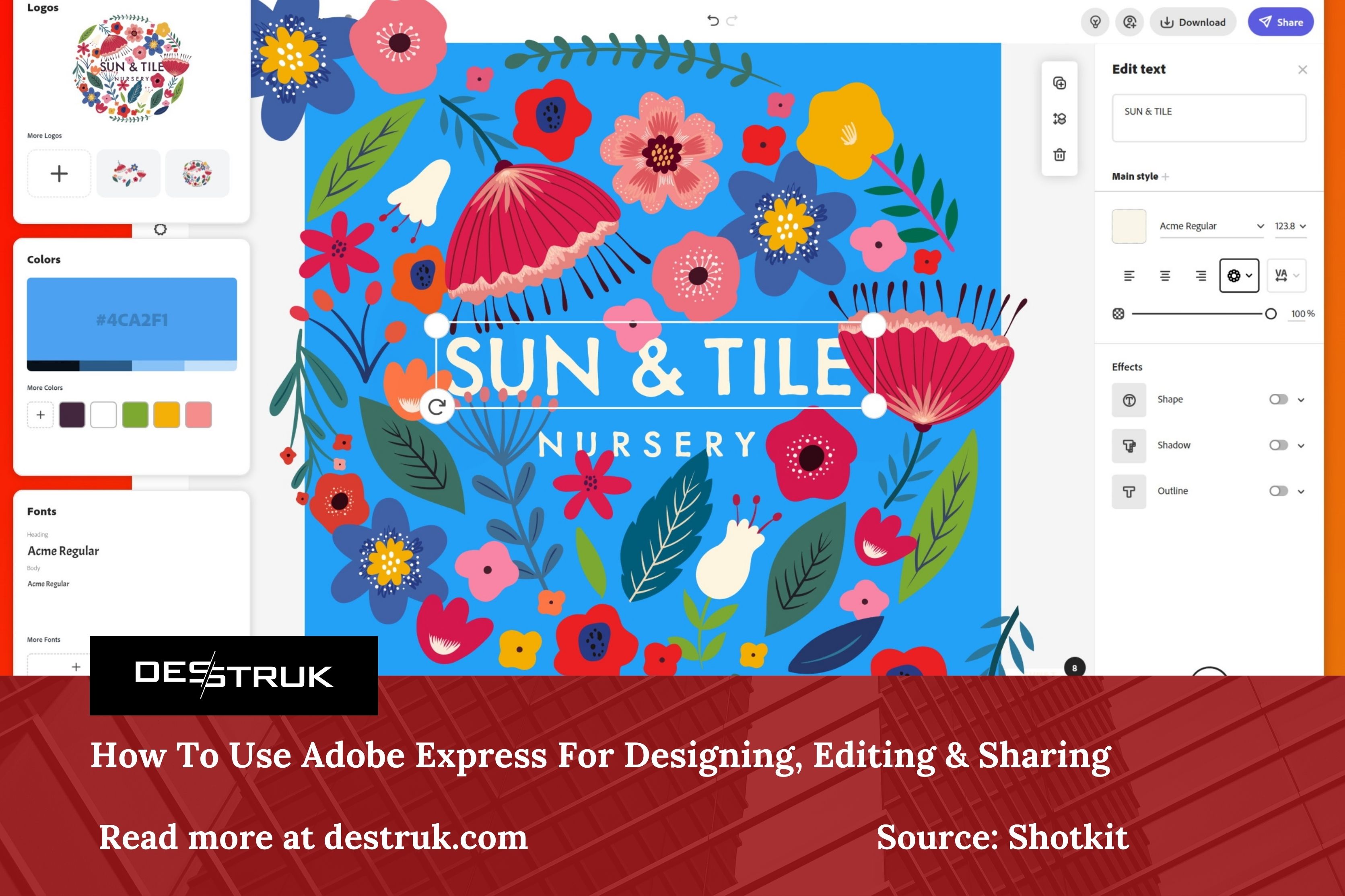In the ever-evolving landscape of design, the integration of generative artificial intelligence (AI) has sparked debates and discussions about its impact on the traditional roles of designers. Generative AI, with its ability to autonomously create designs and solutions, has raised questions about the role of human designers in the creative process. This article delves into the dynamics between generative AI and designers, exploring their strengths, limitations, and the potential for collaboration.
The Rise of Generative AI
Generative AI, powered by advanced machine learning algorithms, has gained prominence for its ability to generate novel and creative outputs. These systems can analyze vast amounts of data, learn patterns, and autonomously generate designs, graphics, and even entire websites. The allure of efficiency and innovation has led many industries to adopt generative AI as a valuable tool in their creative processes.
Imagination is more important than knowledge. For knowledge is limited, whereas imagination embraces the entire world, stimulating progress, giving birth to evolution
Albert Einstein
Strengths of Generative AI
Speed and Efficiency: Generative AI can quickly produce a multitude of design options in a fraction of the time it would take a human designer. This speed is particularly advantageous in industries where rapid iteration is essential.
Data-Driven Insights: By analyzing vast datasets, generative AI can uncover valuable insights that may not be immediately apparent to human designers. This data-driven approach can lead to more informed design decisions.
Continuous Learning: Generative AI systems have the ability to learn and adapt over time. As they encounter more data and feedback, they can refine their creative processes and produce increasingly sophisticated designs.

Limitations of Generative AI
Lack of Intuition and Creativity: While generative AI can analyze data and patterns, it may lack the intuitive and creative thinking that human designers bring to the table. Design is often influenced by cultural, emotional, and subjective factors that may be challenging for AI to grasp.
Dependency on Training Data: Generative AI relies heavily on the quality and diversity of the data it is trained on. Biases present in the training data can be reflected in the generated designs, potentially perpetuating existing inequalities.
Absence of Context Understanding: Understanding the nuanced context of a design task, including cultural or social considerations, is a challenge for generative AI. Human designers excel in interpreting and responding to the intricate context of a project.
The Role of Designers in the Age of Generative AI
Creative Direction: Designers play a crucial role in providing creative direction and setting the vision for a project. While generative AI can generate options, designers bring a depth of creativity, emotion, and context that shape the final output.
Human-Centric Design: Human designers are adept at understanding and designing for the human experience. They can empathize with users, ensuring that designs are not only visually appealing but also functional and user-friendly.
Ethical Considerations: Designers bring ethical considerations to the forefront, considering the societal impact of their creations. Generative AI may lack the ability to discern the ethical implications of a design, requiring human oversight.





